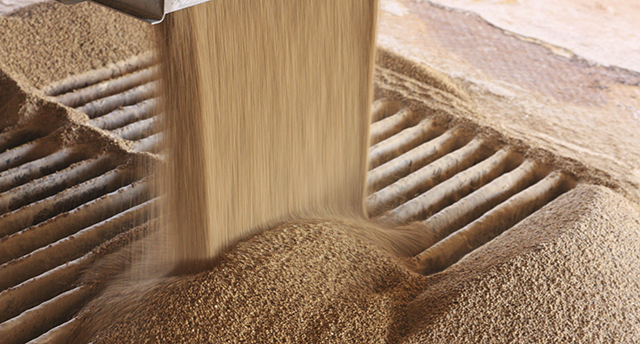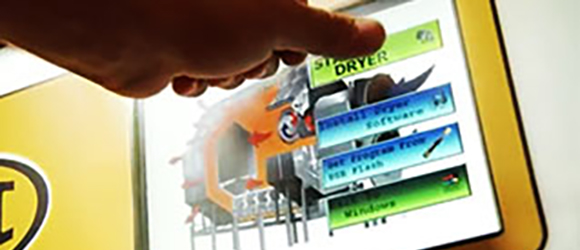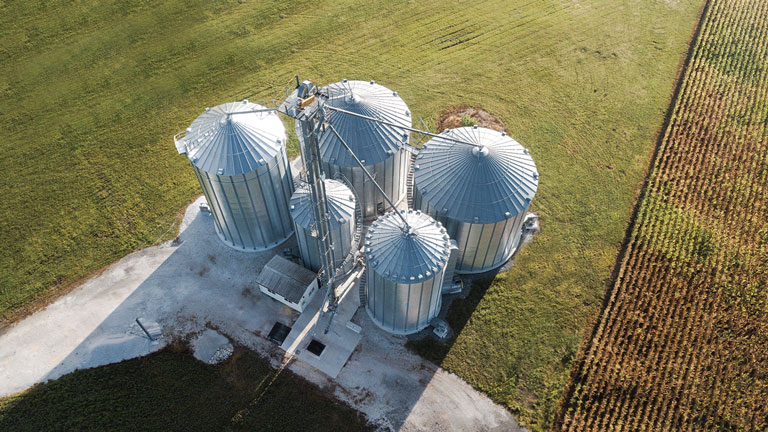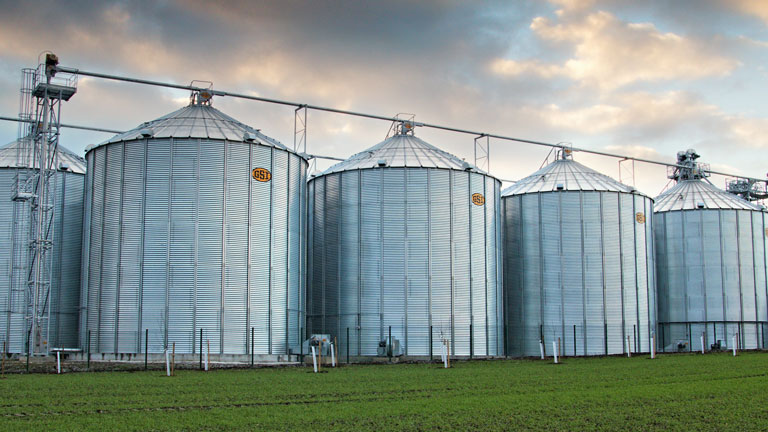Farming has changed dramatically over the last 30 years. Everything from the seed we plant to the tractors we run has become significantly more technologically advanced, efficient and productive.
With that in mind, farmers must be thinking ahead as they make decisions for the future of their operations. With higher yield potential already on the table, higher capacity and capability has to be considered when updating your grain handling components. For example, a farmer who once produced 50,000 bushels a year and took it directly to a commercial elevator that was moving a million bushels, is today running 500,000 bushels both ways through equipment of his or her own.
Today’s farmers are making purchases not only for today but also for the needs of the next 30 years.
So, what do they need to look at ahead of their next grain handling purchase?
1. Durability
Grain handling equipment has traditionally been placed into two categories: farm duty and commercial duty. There’s a case to be made that those two categories are no longer fully accurate. Farmers should be buying equipment that can handle the volume they are presently handling, as well as what they expect to be handling over the lifetime of the equipment. Whether that’s 10 or 20 years down the road, is it going to be heavy enough built and high quality enough to deliver on the function that it's supposed to serve?
It isn’t just a consideration of the technology - it’s a consideration of the volume of grain coming across it. What worked for a 50,000-bushel-per-year operation is now stretched 10 times for a 500,000-bushel-per- year operation. What was once 10 years of use is now happening in one growing season.
2. Dependability
The second consideration is dependability - will my grain handling components do what I need them to do? This can mean purchasing products made of heavier-duty steel or adding heavy-duty plastic liners or ceramics to your equipment.
Or, it could mean changing your system towards greater functionality. Bigger and heavier isn’t the only way to make a system more dependable. Where a grain auger was once appropriate, a drag conveyor may be the better option. If a small bin dryer with a fan and heater was once a good fit, a tower dryer might be better for the next growth phase of the operation.
3. Usability
There are a lot of shiny new things available for the farm these days. But if you and the members of your team aren’t able to work with it, it probably isn’t a great fit for your operation.
Look for components that are intuitive. It should be easy to find how tight the chain needs to be on the drag. It should be a breeze to get the safety shields back in place. You shouldn’t need the dealer onsite to figure out how to adjust the slide gates.
With many farmers having members of their team who speak English as a second language, interfaces that work in multiple languages are also a huge help. A system such as GSI’s Vision dryer control system, available on all of GSI’s tower and portable dryers, allows an operator to switch back and forth between languages with ease, providing all operators with peace of mind that everything is as it should be with the system, no matter what language was last used on the control panel.
Is your grain handling system ready for your farm’s next generation?
Let GSI help you develop the best plan for your operation. Contact a local dealer to learn more.















